The Ebola virus disease causing hemorrhagic fever in human, has been known for nearly about 40 years, with the most recent outbreak being in West Africa creating...

Discovery and Preclinical Pharmacology of INE963, a Potent and Fast-Acting Blood-Stage Antimalarial with a High Barrier to Resistance and Potential for Single-Dose Cures in Uncomplicated Malaria
A series of 5-aryl-2-amino-imidazothiadiazole (ITD) derivatives were identified by a phenotype-based high-throughput screening using a blood stage Plasmodium falciparum (Pf) growth inhibition assay.

High-Throughput Screening for Extracellular Inhibitors of the FLT3 Receptor Tyrosine Kinase Reveals Chemically Diverse and Druggable Negative Allosteric Modulators
Inhibiting receptor tyrosine kinases is commonly achieved by two main strategies targeting either the intracellular kinase domain by low molecular weight compounds or...

In vivo neurophysiological assessment of in silico predictions of neurotoxicity: Citronellal, 3,4-dichloro-1-butene, and benzyl bromoacetate
Neurotoxicants may be widespread in the environment and can produce serious health impacts in the human population.

Clinical Pharmacokinetics and Pharmacodynamics of Esaxerenone, a Novel Mineralocorticoid Receptor Antagonist: A Review
Esaxerenone is a selective, nonsteroidal, high-affinity mineralocorticoid receptor antagonist recently approved in Japan for the treatment of hypertension.

Potent Neutralization of Omicron and other SARS-CoV-2 Variants of Concern by Biparatopic Human VH Domains
The emergence of SARS-CoV-2 variants of concern (VOCs) requires the development of next-generation biologics that are effective against a variety of strains of the virus.

Post-Approval/Generics Track: Pushing the Boundaries Beyond – NextGen Session Panel Discussion and Live Q&A
Q&A presented at SLP MIDD+ Virtual Conference February 16th-17th, 2022
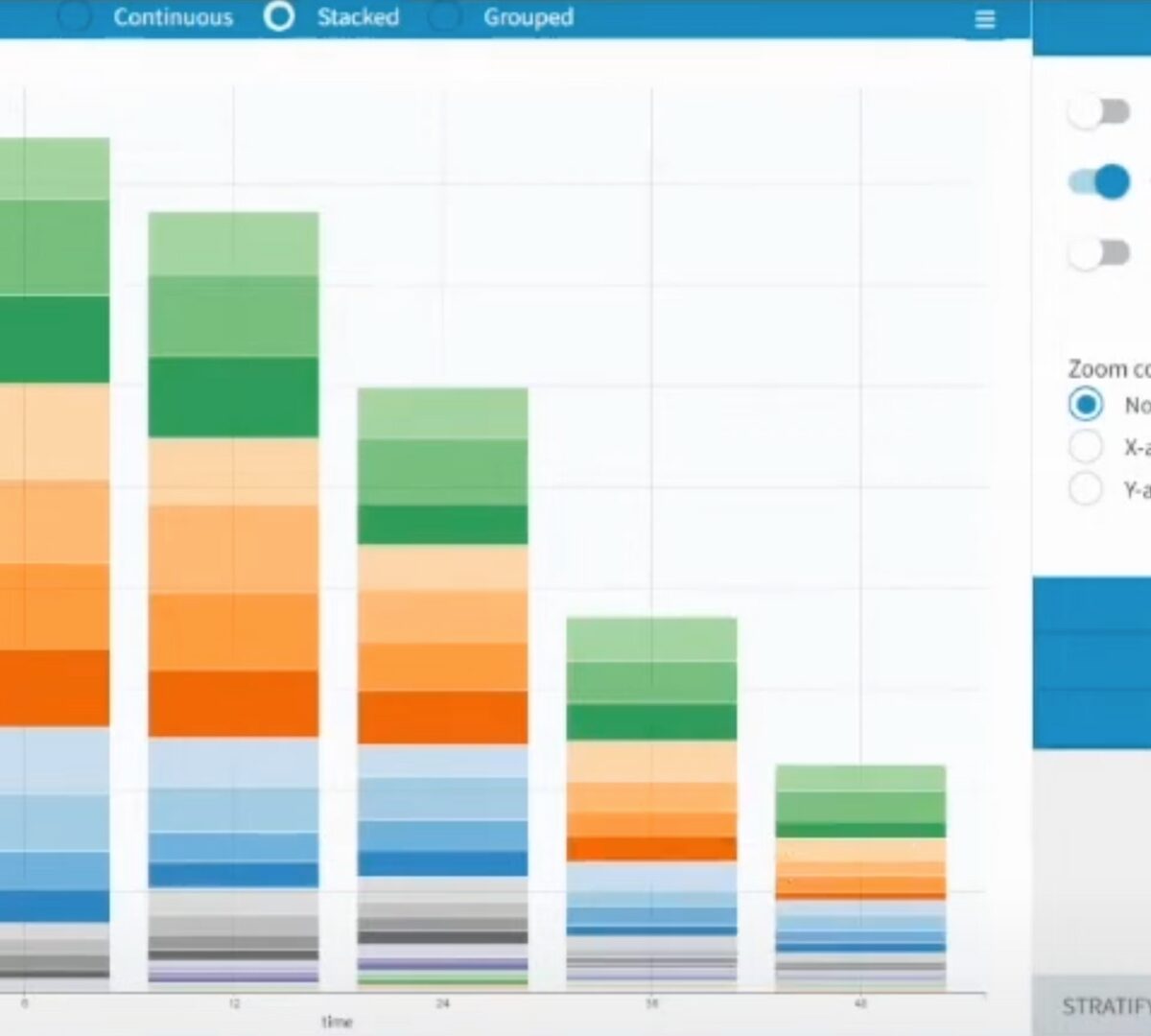
Post Approval: Generics Track – Assessing the Potential for Hepatotoxicity for Combination Therapy of Valproate (VPA) and CBD using Quantitative Systems Toxicology (QST)
Presented by Vinal Lakhani at SLP MIDD+ Virtual Conference February 16th-17th, 2022

Clinical Track: Pushing the Boundaries Beyond – NextGen Session Panel Discussion and Live Q&A
Q&A presented at SLP MIDD+ Virtual Conference February 16th-17th, 2022

Clinical Track Poster Presentation: Count data model for Alzheimer disease progression MMSE score using MonolixSuite®
Presented by Pauline Traynard at SLP MIDD+ Virtual Conference February 16th-17th, 2022

Post-Approval/Generics Track Poster Presentation: Use of PBBM to Establish Dissolution Safe Space via IVIVR for Concor®
Presented by Joyce Macwan at SLP MIDD+ Virtual Conference February 16th-17th, 2022
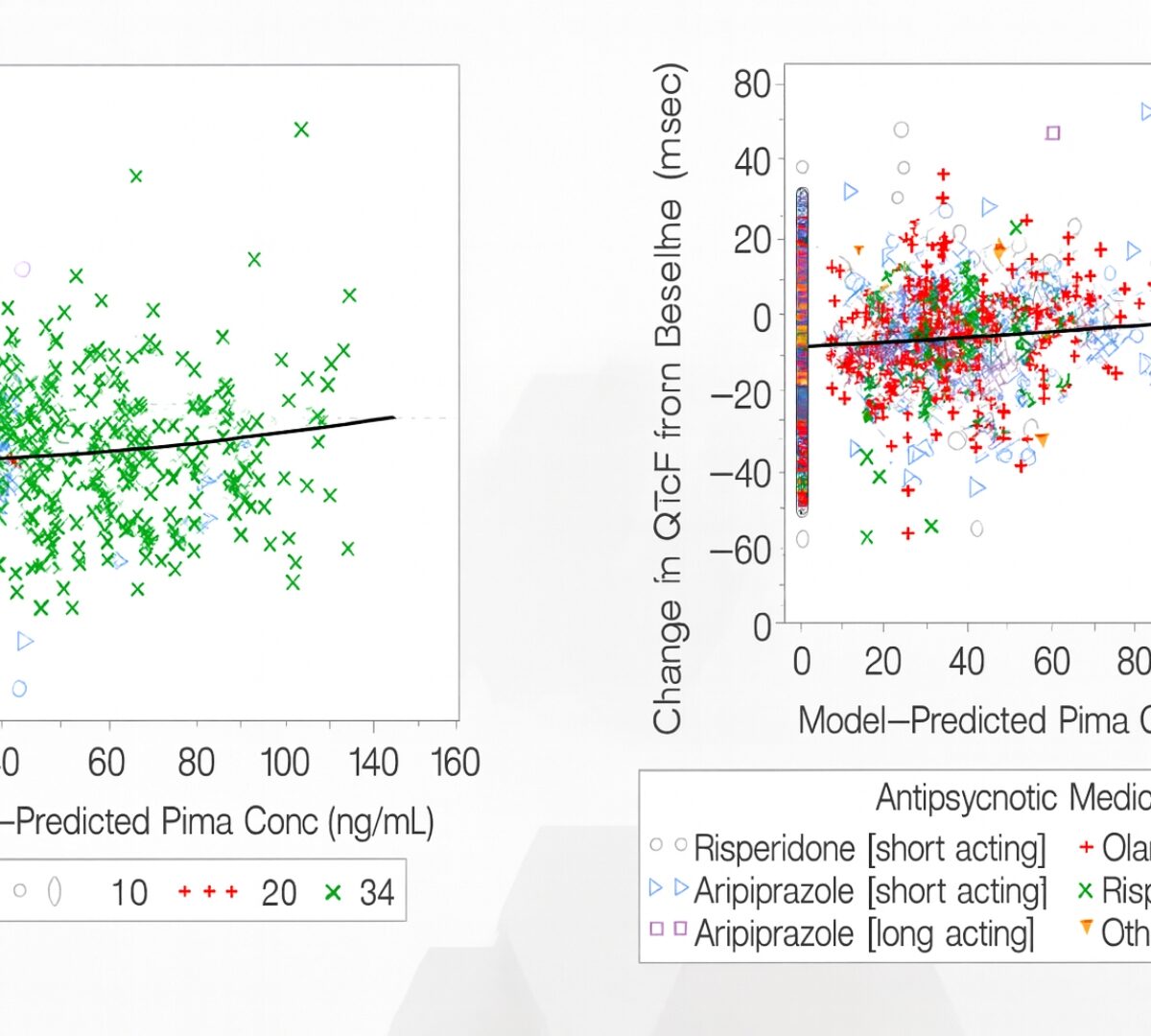
Post-Approval/Generics Track Poster Presentation: Relationship between Pimavanserin Exposure and QTc Interval in Patients with Schizophrenia: Modelling Analysis from Randomized, Double-Blind, Placebo-Controlled Studies
Presented by Hannah Huang at SLP MIDD+ Virtual Conference February 16th-17th, 2022

Post-Approval/Generics Track Poster Presentation: Therapeutic Drug Monitoring for Tyrosine Kinase Inhibitors. Possibilities, difficulties, and challenges
Presented by Jonathan Chauvin at SLP MIDD+ Virtual Conference February 16th-17th, 2022
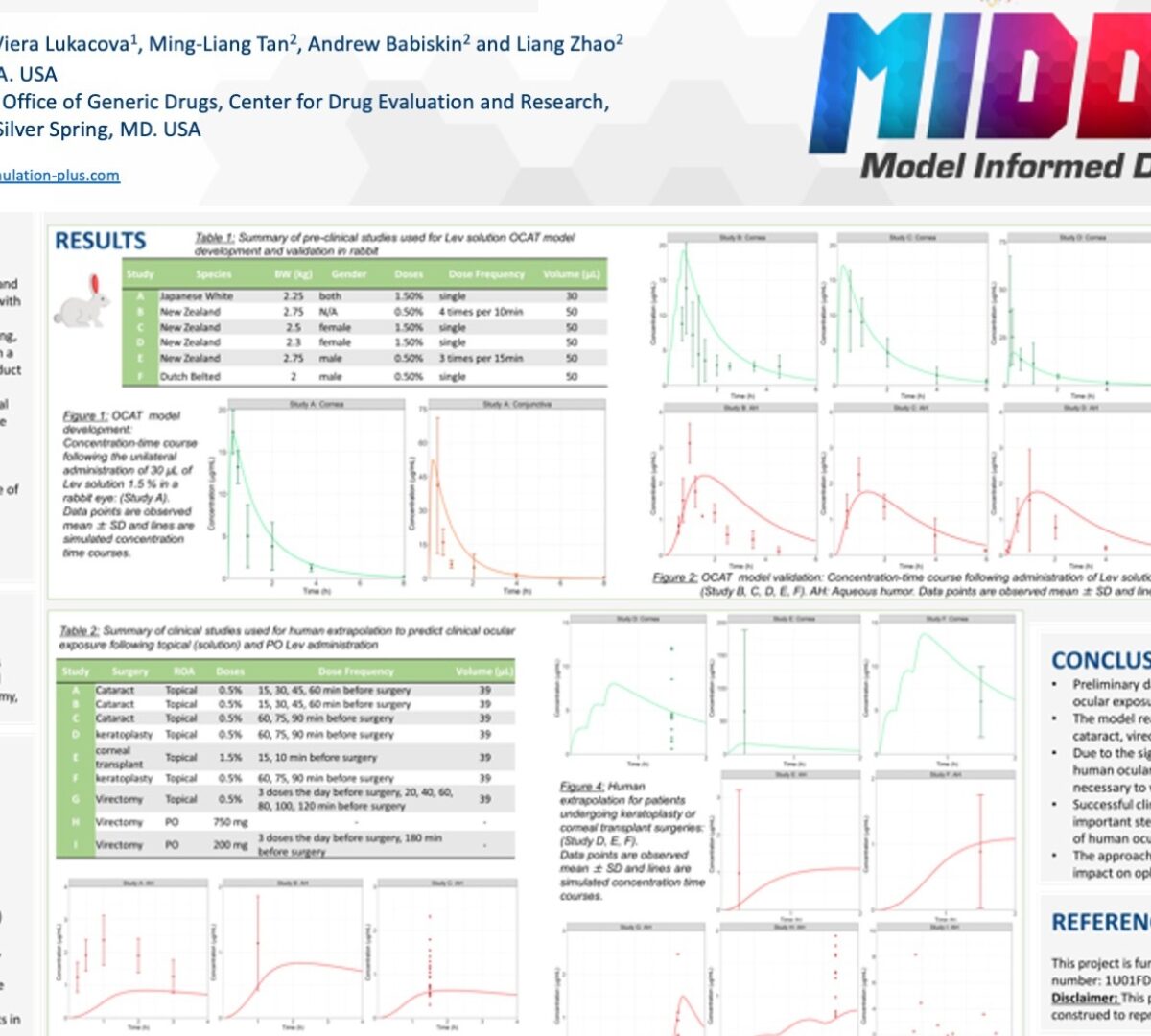
Clinical Track Poster Presentation: Clinical Ocular Exposure Extrapolation Using PBPK Modeling & Simulation: Levofloxacin Solution Case Study
Presented by Maxime LeMerdy at SLP MIDD+ Virtual Conference February 16th-17th, 2022
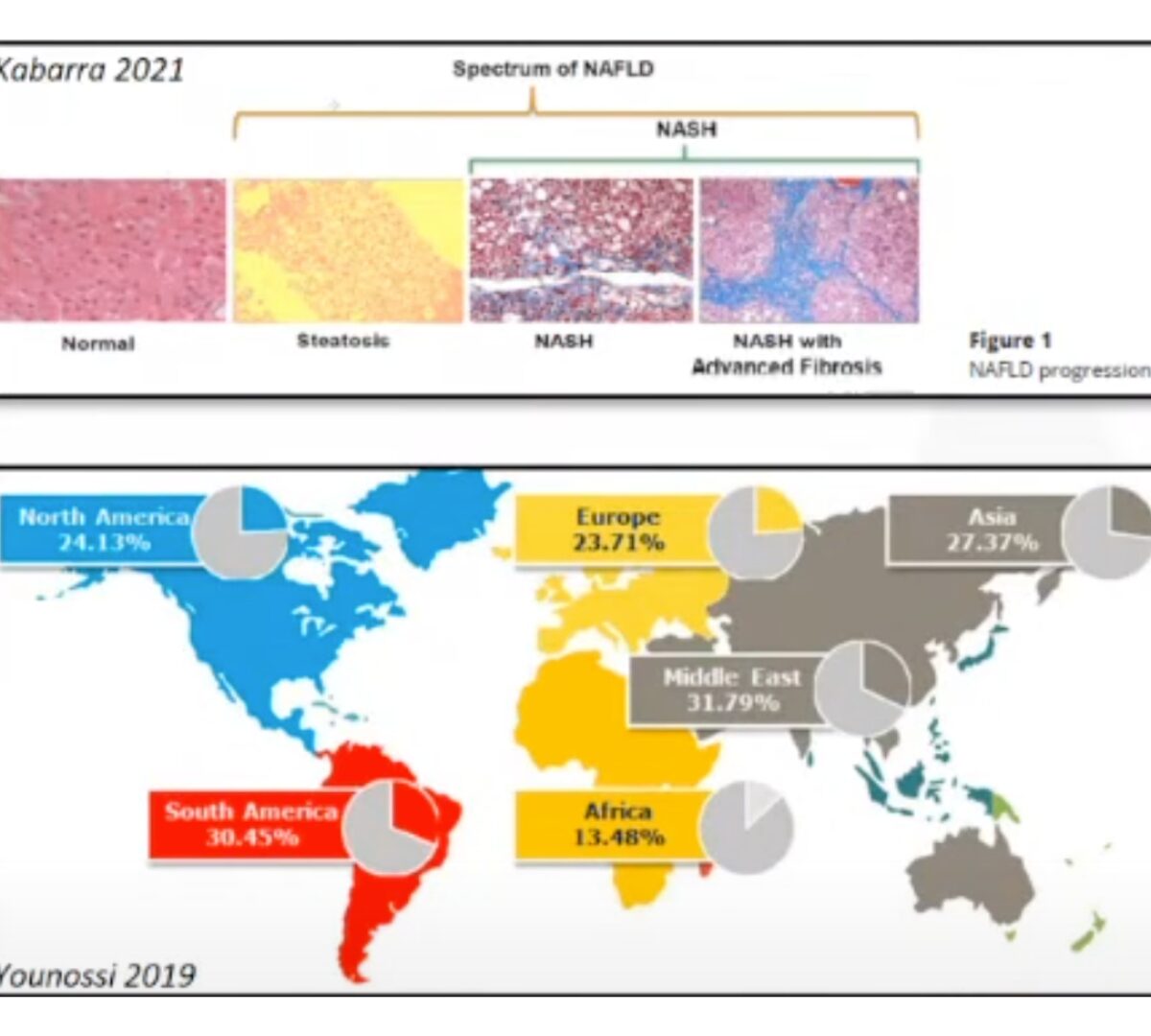
Clinical Track: Yo-Yo Dieting Predicted to Contribute to Fibrosis Score Reductions in Untreated (Placebo) Cohorts
Presented by Lisl Shoda at SLP MIDD+ Virtual Conference February 16th-17th, 2022
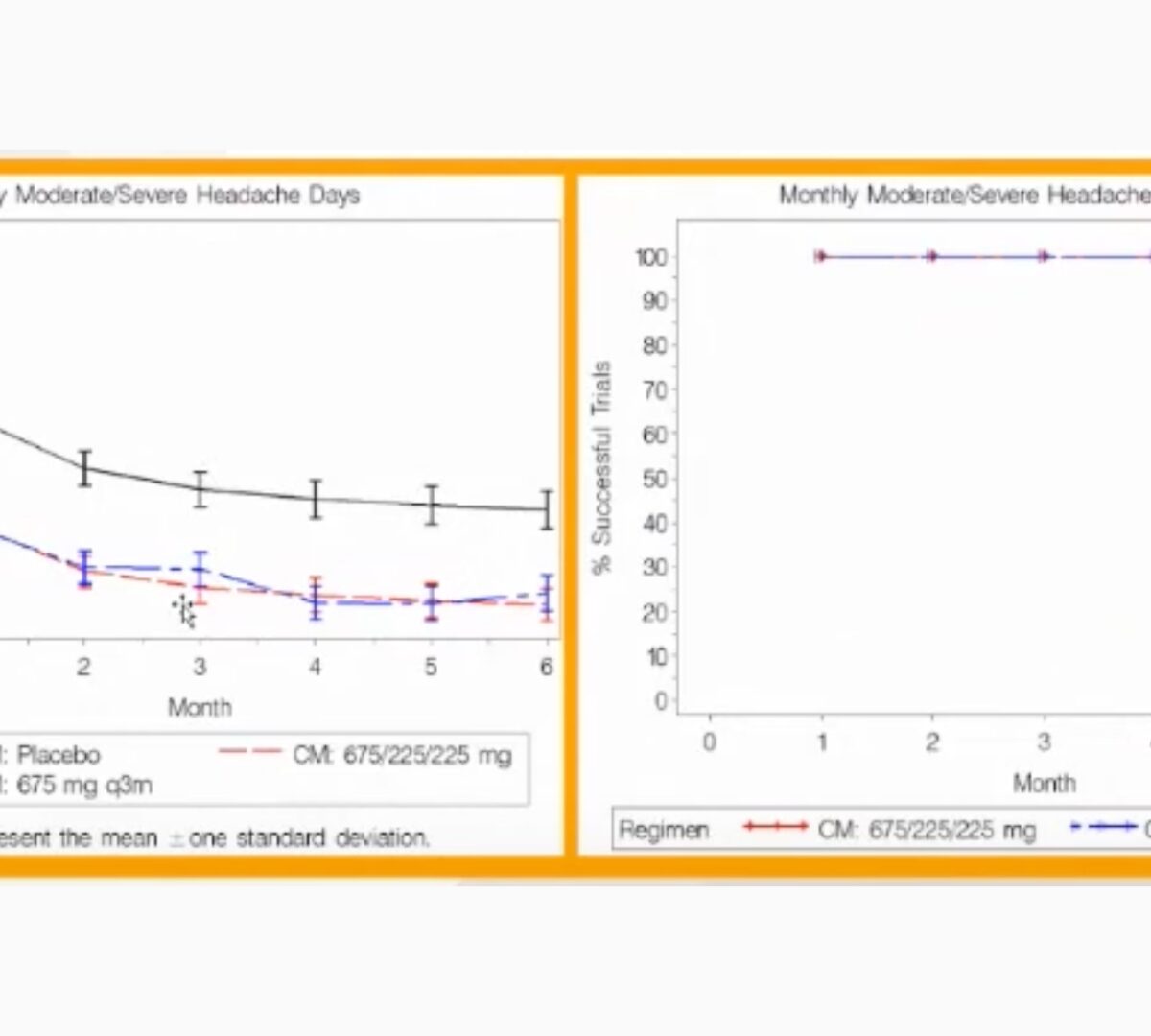
Post-Approval/Generics Track: Use of Exposure-Response Modeling to Support Regulatory Submission
Presented by Julie Passarell at SLP MIDD+ Virtual Conference February 16th-17th, 2022
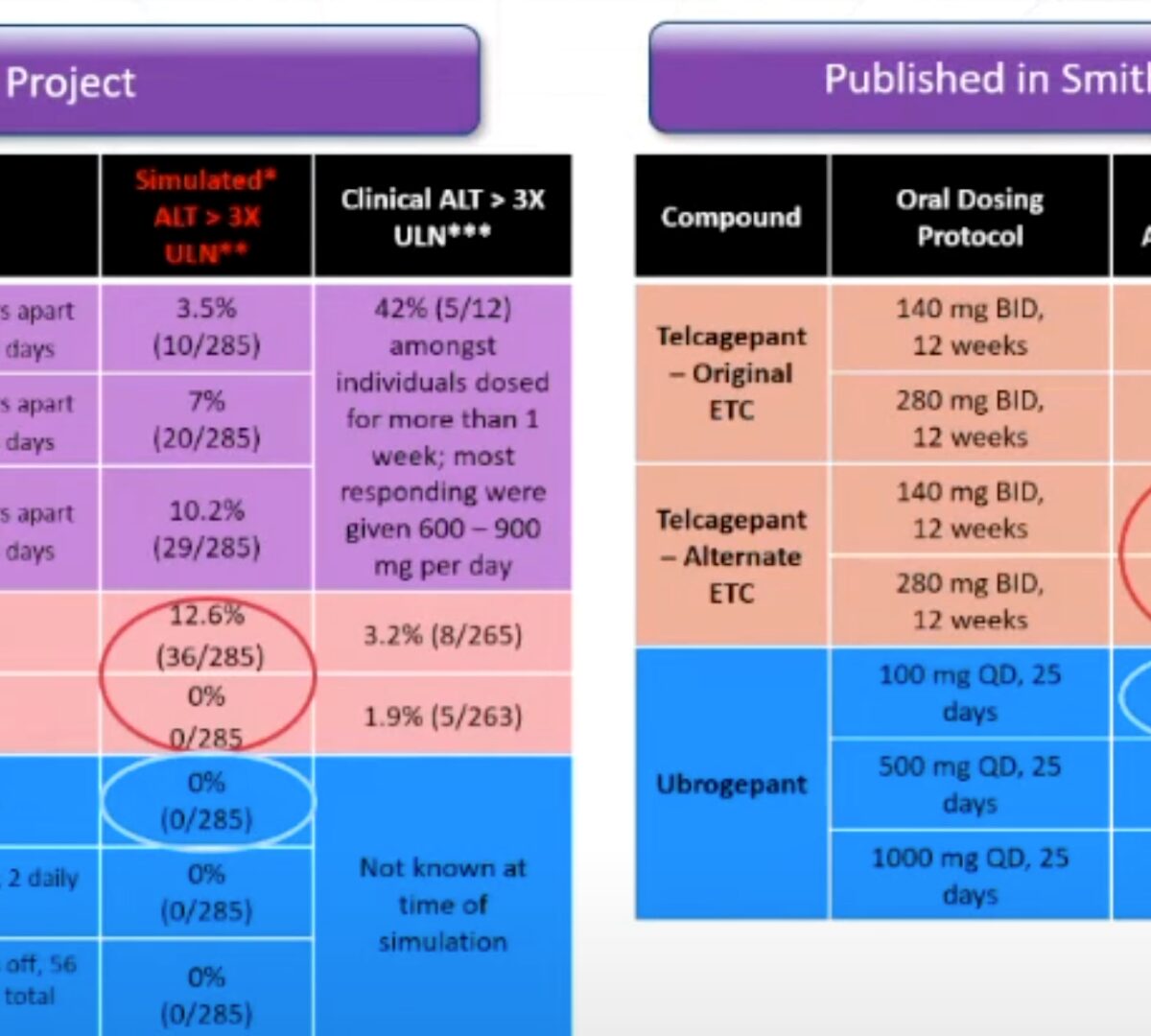
Pre-Clinical Track: Advancing Calcitonin Gene Related Peptide Receptor Antagonists Using QST Modeling to Characterize Next-in-Class Compounds Compared to the Hepatotoxic First in Class Telcagepant
Presented by Jeff Woodhead at SLP MIDD+ Virtual Conference February 16th-17th, 2022

Women in Pharmaceutical Science
Women in Science Session: Ways to Support Women in Science: Representation Matters!
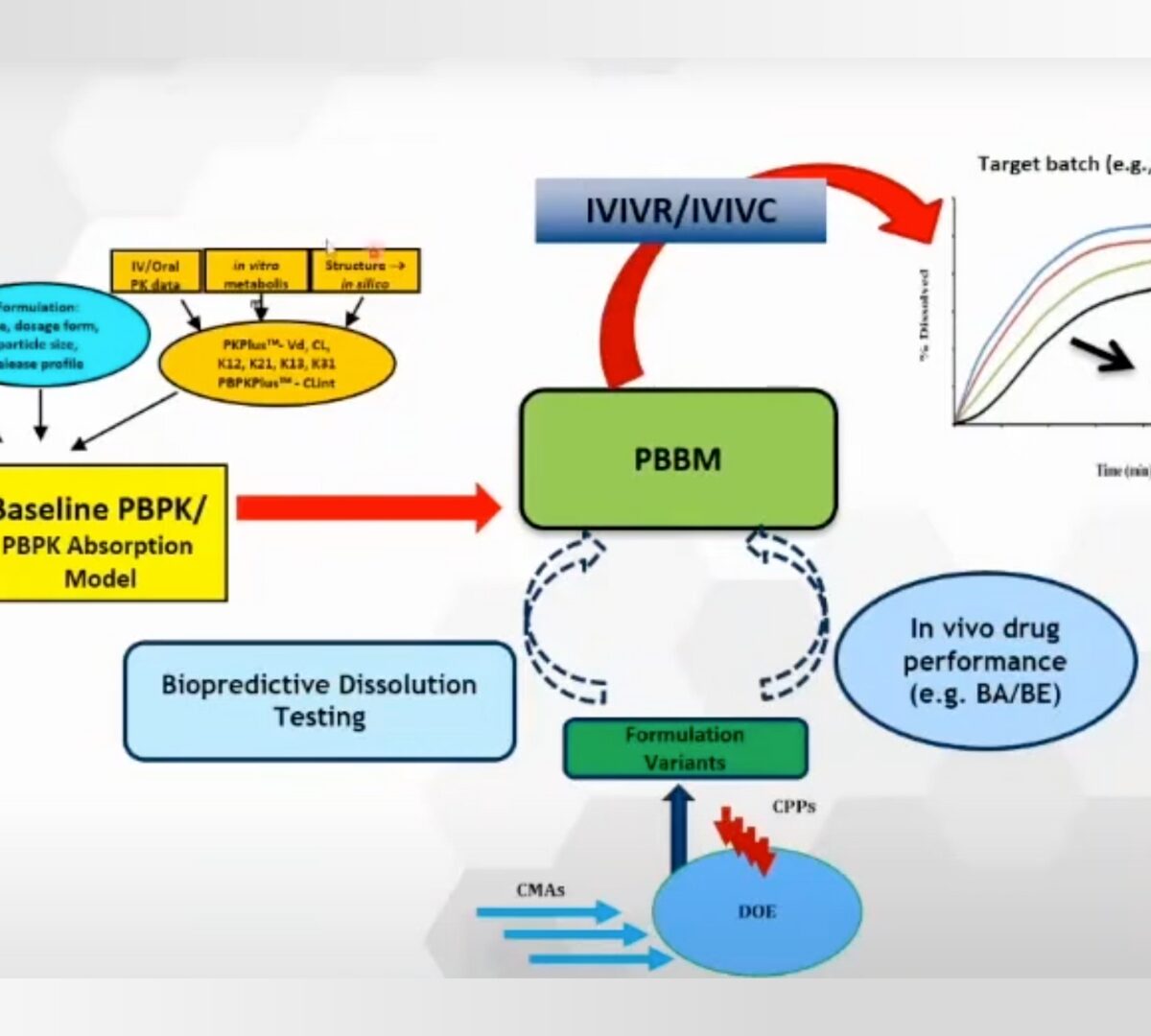
Regulatory Roundtable: Development and validation of PBBM/safe space from the regulatory perspective, a panel discussion
This year we are happy to bring to you a hot topic suggested by last year's attendees. A regulatory roundtable on the Development and validation of PBBM and Safe Space from the regulatory perspective, is a one-hour panel discussion hosted by Sandra Suarez-Sharp and speakers from several regulatory agencies.
